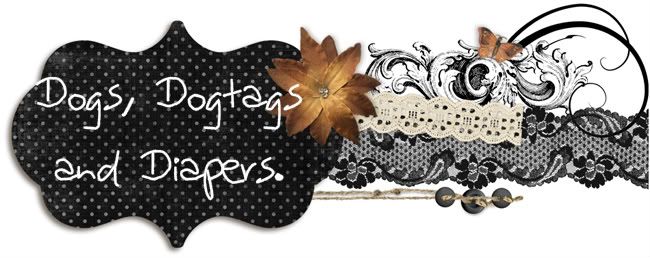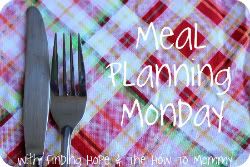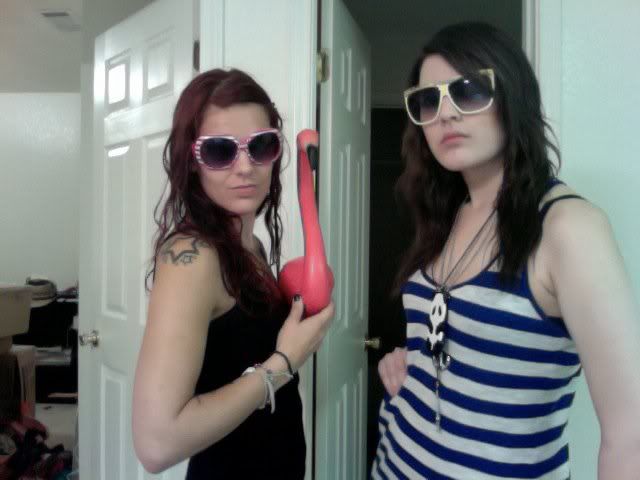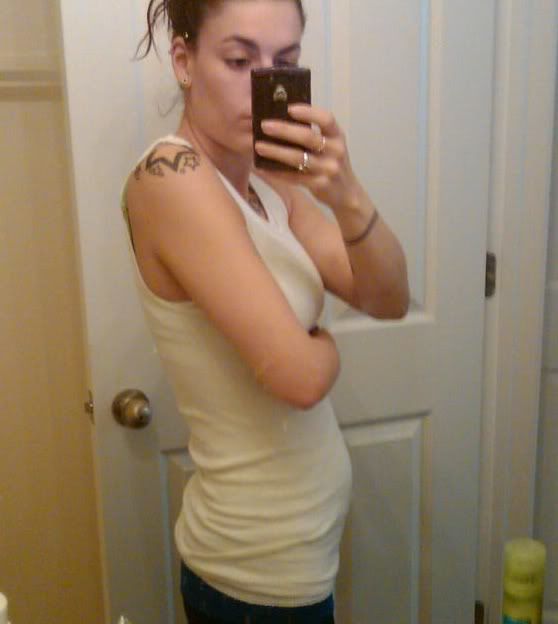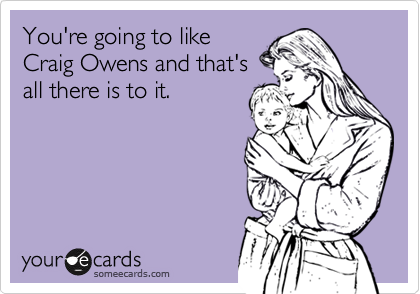
I can't talk firsthand on this subject, since Boston is only 4 months old. But the more I read about it, the more I realize this is how EVERY baby should learn how to eat. Considering Boston was a month early, I may decide to start him on solids at 7 months instead of 6, but we will see how it goes when that time comes. Until then I don't mind giving him and apple slice now and then to start exploring. It's pretty damn cute!
The American Academy of Pediatrics now recommends that babies not start solids until
at least 6 months of age, and that breastfeeding be the main source of nutrition for infants under one year of age. This recommendation was only changed a few weeks ago, previously the recommendation was to start solids between 4-6 months of age. Up until 6 months of age, the digestive system is not fully mature. It is not able to handle solid foods, which is why in the past people offer "puree" foods at that point. They are basically force feeding because they think this is what they should be doing. In reality, eating under the age of 1 is basically for practice, and of very little nutritional need. How is your child going to practice eating, if they are sucking puree off a spoon?
What is Baby-Led Weaning? (From
this article)
What is Baby Led Weaning?
So what exactly is Baby Led Weaning as relates to
solid food introduction? In short, Baby Led Weaning (BLW) is skipping thin and runny purées and not feeding your baby with a spoon.
Baby Led Weaning means offering your baby (age appropriate) foods that are soft-cooked and cut or mashed into small easily manageable pieces. You may choose to offer your baby a large hunk of apple that she can easily hold and gnaw on or a bowl full of soft cooked mashed apples; the choice is yours. The foods are then given to your baby to eat without being pureed and without being spoonfed. You do the cooking, the dicing or mashing and the offering of the foods and your baby does the rest. It is important to note that your baby should be in control of what he is eating and you should never actually feed him by putting the foods into his mouth!
As with breastfeeding on demand, Baby Led Weaning is a method of introducing solid foods that leaves it up to your baby to decide what, when and how much to eat. While not necessarily a "hands off" approach, Baby Led Weaning does advocate allowing your baby to make all food choices for him or herself.
Tips for getting started (from "
Baby-Led Weaning")
- Offer your baby solids when she's not hungry - breast milk of formula is still her main source of nourishment.
- Keep the focus on playing and experimenting.
- Let your baby join in your mealtimes (and snacktimes) whenever possible.
- Make sure your baby is upright and safe in a high chair or on your lap.
Some signs of readiness, and FALSE signs of readiness:
*Sitting up with little or no support
*Reaching out to grab things and taking them to their mouth quickly and accurately
*Gnawing on toys and making chewing movements
*Starting to put food in their mouth ….if given the opportunity
Here are some FALSE signs of readiness that do not determine if your child is ready for solids;
*Waking at night
*Weight gain slowing slightly
*Watching their parents eat
*Making lip-smacking noises
*Not going straight to sleep after milk feeds
*Small baby*Big baby

 So my friend, Jasmin, is in training to become a Doula and a few weeks ago she attended an infant yoga & massage seminar. Well lucky for me, I got to be her guinea pig for the class she is going to start! She started out with a warm up of kids songs where I wiggled Boston around, and moved his hands to follow the motions (like head, shoulders, knees and toes). The first time, last week, he would do everything but the toes part, he didn't want to bed down so far. But yesterday he did it all and had no problem with the bending! After the warm up, she went into a series of yoga poses. She explained what each pose was for (aiding in digestion, lengthening the spine) and he was fine with all of those. His favorite part by far was the massage. Apparently, he LOVES getting his feet rubbed! I found that hilarious, he had a huge grin on his face. When I got all the way up to the face, every time I tried to bring my hands down he would grab them both and shove them in his mouth. Yesterday when I turned him over onto his stomach to do his back, he almost fell asleep! Guess it was pretty relaxing :)
So my friend, Jasmin, is in training to become a Doula and a few weeks ago she attended an infant yoga & massage seminar. Well lucky for me, I got to be her guinea pig for the class she is going to start! She started out with a warm up of kids songs where I wiggled Boston around, and moved his hands to follow the motions (like head, shoulders, knees and toes). The first time, last week, he would do everything but the toes part, he didn't want to bed down so far. But yesterday he did it all and had no problem with the bending! After the warm up, she went into a series of yoga poses. She explained what each pose was for (aiding in digestion, lengthening the spine) and he was fine with all of those. His favorite part by far was the massage. Apparently, he LOVES getting his feet rubbed! I found that hilarious, he had a huge grin on his face. When I got all the way up to the face, every time I tried to bring my hands down he would grab them both and shove them in his mouth. Yesterday when I turned him over onto his stomach to do his back, he almost fell asleep! Guess it was pretty relaxing :)